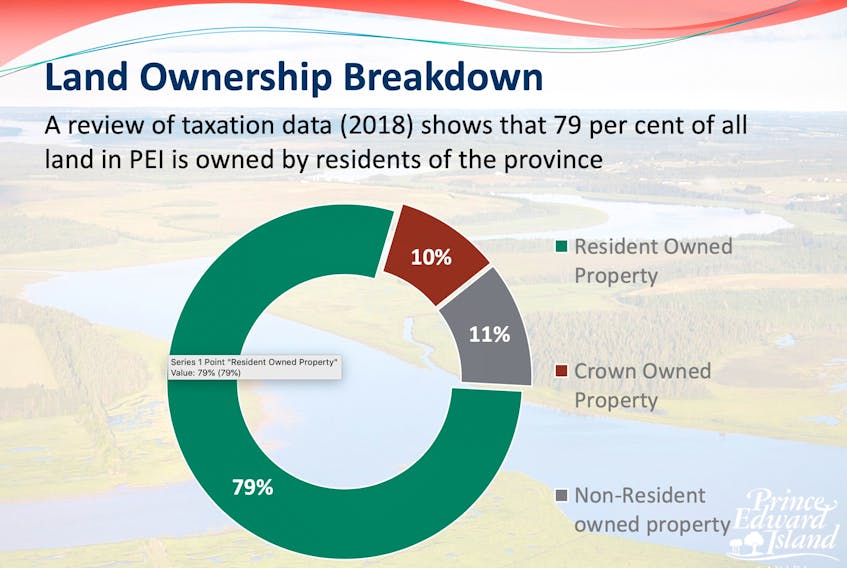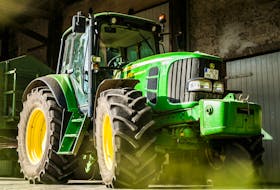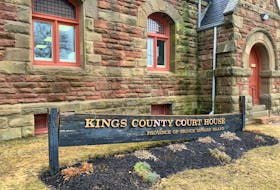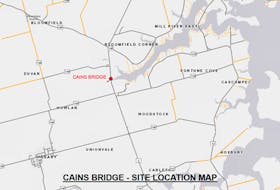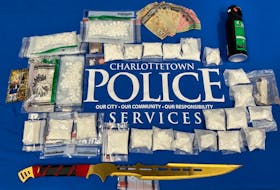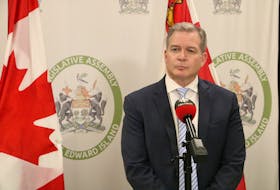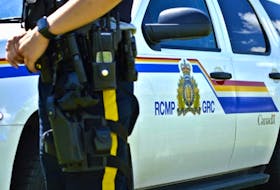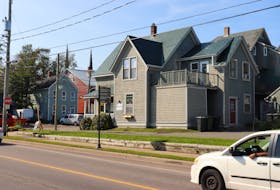A preliminary review of who owns land on P.E.I. has found that corporate ownership has increased on P.E.I. over the last 10 years, although land ownership by non-residents has declined slightly.
In a presentation made before the district convention of the National Farmers Union on Tuesday afternoon, provincial planner Spencer Matheson and Communities, Land and Environment Minister Richard Brown released some of the findings of a provincial study of changes in land ownership in recent years.
The study began as a result of concerns raised about non-resident ownership of agricultural land, Brown said. Non-residents are defined in the province’s Lands Protection Act as individuals who maintain their principal residence in P.E.I. for at least one year over the previous two.
The study found that the number of acres owned by non-residents has declined slightly over the past 10 years. Currently 11 per cent of land, or just over 160,000 acres, is owned by non-residents.
However, in the last 10 years, the total acreage owned by corporations has increased from 312,872 acres in 2009 to 385,939 acres in 2018.
This acreage represents 27 per cent of the province’s total land mass. Most of this land, or 325,000 acres, was owned by corporations whose shareholders were mostly Island residents.
Brown said the increase in corporate ownerships may be because family farms are increasingly registering their operations as corporations.
“These are family corporations. We have a corresponding increase in corporation registry to a corresponding decrease in sole proprietorships,” Brown said.

Brown said the evidence does not indicate P.E.I. has seen a large rise in foreign ownership of farmland. He added that an increasing number of requests by foreign residents to purchase land have been rejected by provincial authorities.
The preliminary findings do not identify how much land is owned by specific corporations, such as Cavendish Farms or other Irving-affiliated companies, which is one of the concerns raised by farmers at the meeting.
Earlier in the day, NFU district director Douglas Campbell argued that farmland is increasingly being concentrated in fewer hands. He also suggested large landowners have been circumventing the land size limits of the Lands Protection Act.
Maps posted on the walls at Milton Community Hall, where the event took place, suggested that large amounts of land on P.E.I. are being purchased by “Asian investors”.
Brown’s presentation showed farmland acreage has remained relatively stable since 2010, rising slightly from 560,309 acres in 2010 to 560,648 acres in 2018.
The study, whose full results have not yet been released, pulled data from taxation records, Statistics Canada, the Island Regulatory and Appeals Commission and other sources.
RELATED

